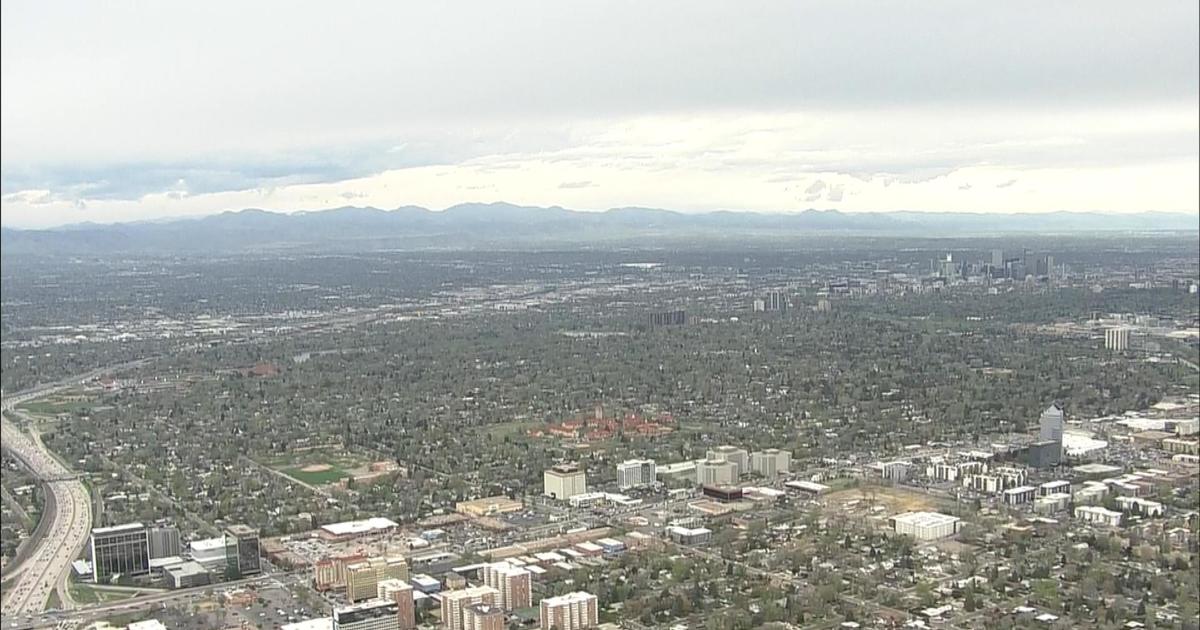Colorado Weather Station Records Air Pressure Shockwave Produced By Hunga Tonga Volcano
DENVER (CBS4) - The powerful eruption of the Hunga Tonga volcano over the weekend produced a massive shockwave in the atmosphere. It was measured by weather stations around the world, including at least one in Colorado. That station near Boulder recorded a sharp rise and fall in the barometric pressure just before sunrise on Saturday.
The shockwave was likely measured by other weather stations in Colorado but you'd need to have the ability to look at data down to the minute to see the shockwave. If you have that capability then you'd want to look and see if your station recorded a rapid rise and fall in the barometric pressure between 6:00 and 6:30 a.m. on Saturday.
The state of Oklahoma has a very well developed network of weather stations called a mesonet. They tweeted a really cool visualization of the data they recorded. A tweet from the World Meteorological Organization said the shockwave was traveling at a speed of nearly 700 mph as it crossed Europe.



